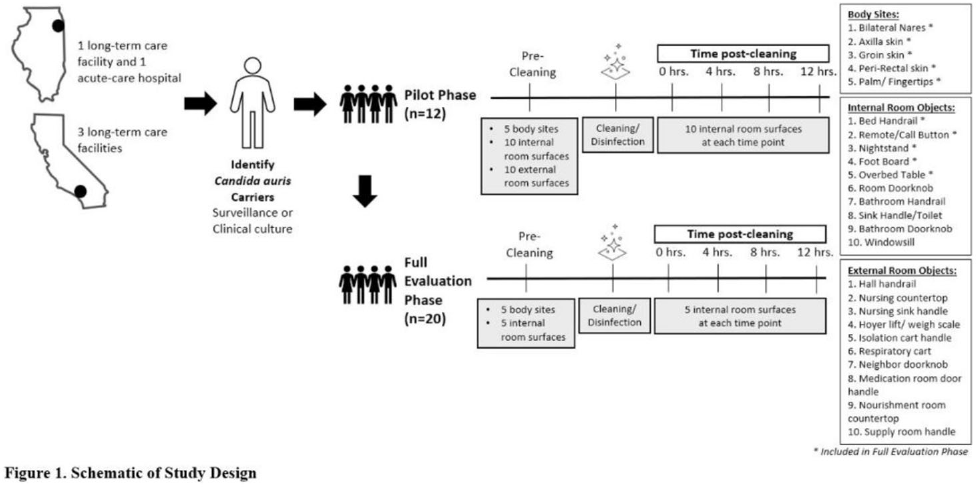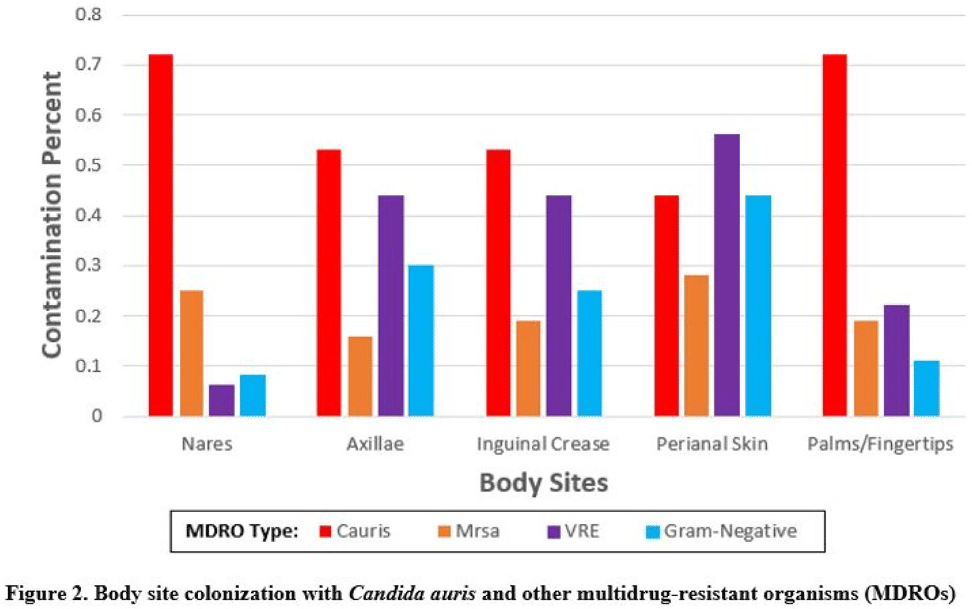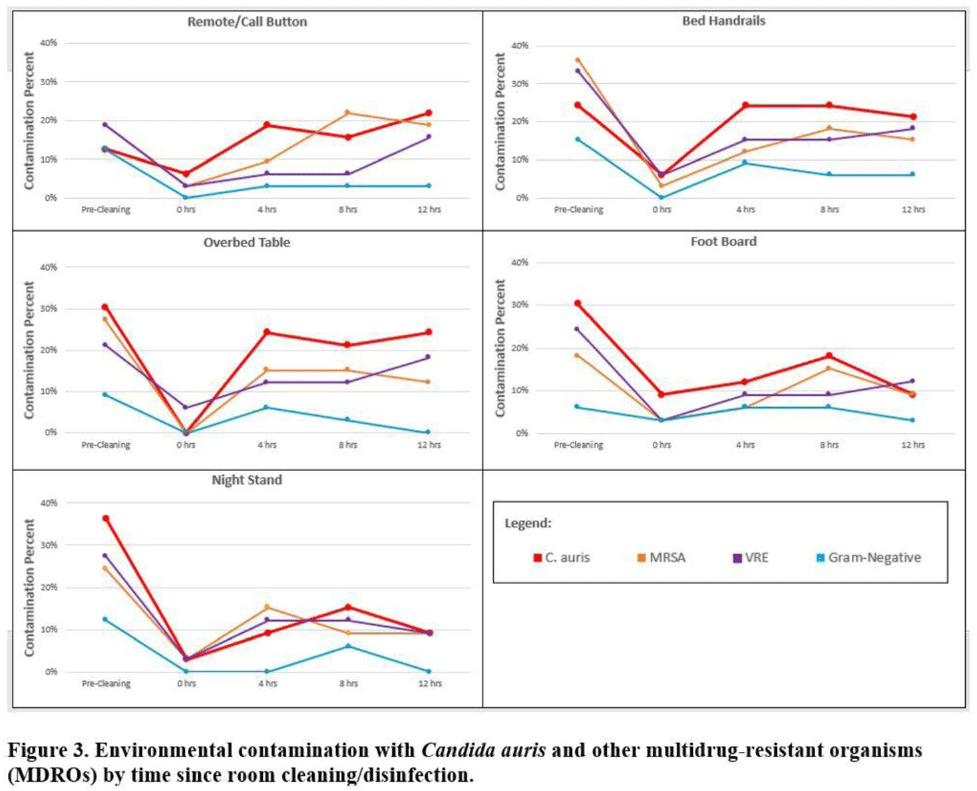296 results
Identifying incarceration status in the electronic health record using large language models in emergency department settings
-
- Journal:
- Journal of Clinical and Translational Science / Volume 8 / Issue 1 / 2024
- Published online by Cambridge University Press:
- 11 March 2024, e53
-
- Article
-
- You have access
- Open access
- HTML
- Export citation
Impact of universal chlorhexidine bathing with or without COVID-19 intensive training on staff and resident COVID-19 case rates in nursing homes
-
- Journal:
- Infection Control & Hospital Epidemiology , First View
- Published online by Cambridge University Press:
- 05 March 2024, pp. 1-4
-
- Article
- Export citation
Confronting Racism of Omission: Experimental Evidence of the Impact of Information about Ethnic and Racial Inequality in the United States and the Netherlands
-
- Journal:
- Du Bois Review: Social Science Research on Race , First View
- Published online by Cambridge University Press:
- 18 October 2023, pp. 1-23
-
- Article
-
- You have access
- Open access
- HTML
- Export citation
An approach for collaborative development of a federated biomedical knowledge graph-based question-answering system: Question-of-the-Month challenges
-
- Journal:
- Journal of Clinical and Translational Science / Volume 7 / Issue 1 / 2023
- Published online by Cambridge University Press:
- 14 September 2023, e214
-
- Article
-
- You have access
- Open access
- HTML
- Export citation
National validation of the Centers for Medicare & Medicaid Services strategy for identifying potential surgical-site infections following colon surgery and abdominal hysterectomy
-
- Journal:
- Infection Control & Hospital Epidemiology / Volume 45 / Issue 2 / February 2024
- Published online by Cambridge University Press:
- 07 September 2023, pp. 167-173
- Print publication:
- February 2024
-
- Article
- Export citation
Consultation Liaison (CL) Psychiatry and Division of Medicine: Collaborating to Pilot a Behaviours of Concern Rapid Response Team (BoC RRT)
-
- Journal:
- European Psychiatry / Volume 66 / Issue S1 / March 2023
- Published online by Cambridge University Press:
- 19 July 2023, pp. S399-S400
-
- Article
-
- You have access
- Open access
- Export citation
Investigation on the opposing jet penetration mode transition mechanism in the hypersonic flow
-
- Journal:
- The Aeronautical Journal / Volume 127 / Issue 1317 / November 2023
- Published online by Cambridge University Press:
- 21 June 2023, pp. 2047-2065
-
- Article
- Export citation
P.017 Convergent and contrasting modulation of saccade and pupil responses by several neurodegenerative diseases during free viewing of video clips
-
- Journal:
- Canadian Journal of Neurological Sciences / Volume 50 / Issue s2 / June 2023
- Published online by Cambridge University Press:
- 05 June 2023, p. S62
-
- Article
-
- You have access
- Export citation
Homogenizing fluid transport in stratified porous media using an elastic flow instability
-
- Journal:
- Journal of Fluid Mechanics / Volume 963 / 25 May 2023
- Published online by Cambridge University Press:
- 19 May 2023, A30
-
- Article
-
- You have access
- Open access
- HTML
- Export citation
Depolarization of intense laser beams by dynamic plasma density gratings
-
- Journal:
- High Power Laser Science and Engineering / Volume 11 / 2023
- Published online by Cambridge University Press:
- 23 February 2023, e37
-
- Article
-
- You have access
- Open access
- HTML
- Export citation
Factors Determining Child Custody in Taiwan after Patriarchy's Decline: Decision Tree Analysis on Family Court Decisions
-
- Journal:
- Asian Journal of Comparative Law / Volume 18 / Issue 2 / August 2023
- Published online by Cambridge University Press:
- 19 December 2022, pp. 272-288
-
- Article
-
- You have access
- Open access
- HTML
- Export citation
Ten new insights in climate science 2022
-
- Journal:
- Global Sustainability / Volume 5 / 2022
- Published online by Cambridge University Press:
- 10 November 2022, e20
-
- Article
-
- You have access
- Open access
- HTML
- Export citation
Comparison of crop yield and solar thermal utilization among different rice–wheat cropping systems
-
- Journal:
- The Journal of Agricultural Science / Volume 161 / Issue 1 / January 2023
- Published online by Cambridge University Press:
- 08 November 2022, pp. 40-50
-
- Article
- Export citation
Multicenter evaluation of contamination of the healthcare environment near patients with Candida auris skin colonization – ERRATUM
-
- Journal:
- Antimicrobial Stewardship & Healthcare Epidemiology / Volume 2 / Issue 1 / 2022
- Published online by Cambridge University Press:
- 07 October 2022, e166
-
- Article
-
- You have access
- Open access
- HTML
- Export citation
Prediction and copy number variation identification of ZNF146 gene related to growth traits in Chinese cattle
-
- Journal:
- The Journal of Agricultural Science / Volume 160 / Issue 5 / October 2022
- Published online by Cambridge University Press:
- 10 August 2022, pp. 404-412
-
- Article
- Export citation
Burkholderia cepacia complex outbreak linked to a no-rinse cleansing foam product, United States – 2017–2018
-
- Journal:
- Epidemiology & Infection / Volume 150 / 2022
- Published online by Cambridge University Press:
- 04 August 2022, e154
-
- Article
-
- You have access
- Open access
- HTML
- Export citation
Room Temperature Néel-type Skyrmions in a van der Waals Ferromagnet Revealed by Lorentz 4D-STEM
-
- Journal:
- Microscopy and Microanalysis / Volume 28 / Issue S1 / August 2022
- Published online by Cambridge University Press:
- 22 July 2022, pp. 1710-1712
- Print publication:
- August 2022
-
- Article
-
- You have access
- Export citation
P.002 Saccade parameters reveal cognitive impairment and differentially associate with cognitive domains across neurodegenerative diseases
-
- Journal:
- Canadian Journal of Neurological Sciences / Volume 49 / Issue s1 / June 2022
- Published online by Cambridge University Press:
- 24 June 2022, p. S8
-
- Article
-
- You have access
- Export citation
Multicenter evaluation of contamination of the healthcare environment near patients with Candida auris skin colonization
-
- Journal:
- Antimicrobial Stewardship & Healthcare Epidemiology / Volume 2 / Issue S1 / July 2022
- Published online by Cambridge University Press:
- 16 May 2022, pp. s78-s79
-
- Article
-
- You have access
- Open access
- Export citation
Multitarget allocation strategy based on adaptive SA-PSO algorithm
-
- Journal:
- The Aeronautical Journal / Volume 126 / Issue 1300 / June 2022
- Published online by Cambridge University Press:
- 28 January 2022, pp. 1069-1081
-
- Article
- Export citation






